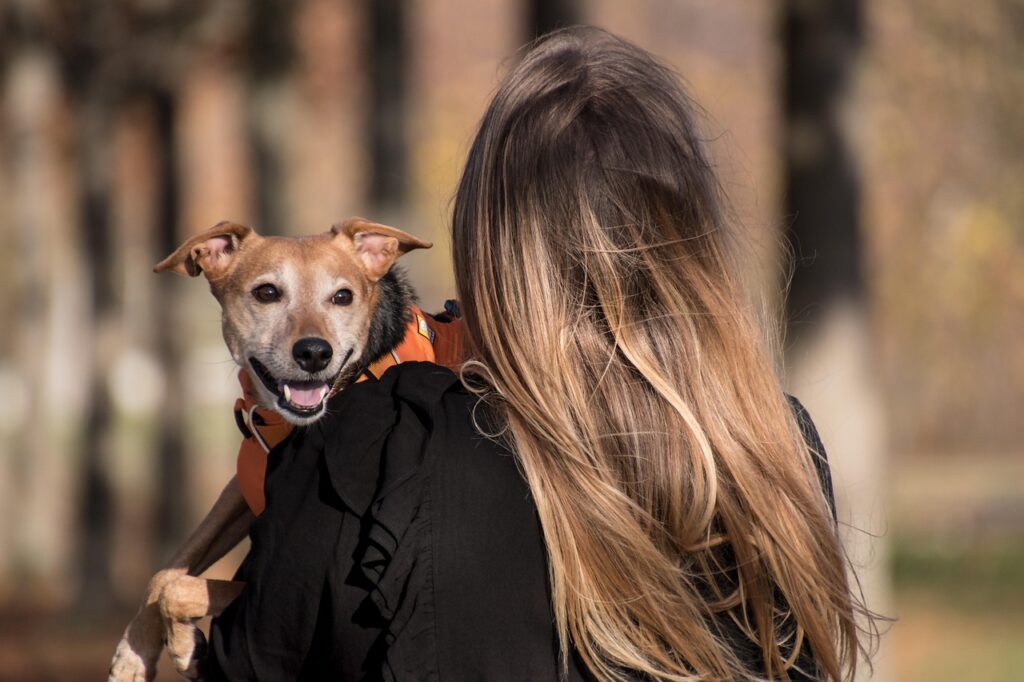
Seasonal Pet Care Tips: How to Keep Your Pet Safe All Year Round
Every season brings new joys — and new challenges — for pet owners. From hot summer days to chilly winter nights, it’s important to adjust your pet care routine to keep your furry friend safe, healthy, and comfortable all year round.
Did you know that about 67% of U.S. households own a pet, and seasonal changes play a big role in their well-being throughout the year? (Source: APPA National Pet Owners Survey)
In this article, we’ll explore essential seasonal pet care tips, fun facts, and useful resources to help you keep your pet happy and protected — no matter the weather.

1. Summer: Protect Your Pet from Heat and Dehydration
Summer can be tough for pets due to high temperatures and intense sun exposure.
Tips to keep them safe:
Always provide fresh water and shaded areas outdoors.
Avoid walks during peak heat hours — early morning or late evening is best.
Never leave pets in cars, even for a short time.
Use cooling mats, fans, or lightweight clothing for sensitive breeds.
Fact: According to the American Veterinary Medical Association, the temperature inside a parked car can rise almost 20°C in just 10 minutes, even with the windows slightly open — creating a deadly environment for pets.
Watch for signs of heatstroke: excessive panting, drooling, weakness, or vomiting. Cool your pet gradually and contact a vet immediately if symptoms appear.

2. Autumn: Stay Active and Prevent Seasonal Allergies
Autumn is perfect for outdoor adventures, but it can also bring allergens like mold, pollen, and fallen leaves that trap moisture.
Care tips for fall:
Clean your pet’s paws and coat after walks to remove allergens.
Keep up with flea and tick prevention — parasites can remain active until the first frost.
Maintain regular exercise as daylight hours decrease to keep routines stable.
Curiosity: Many pets shed their summer coat in autumn to prepare for colder months. Regular brushing not only keeps their fur healthy but also reduces allergens inside the house.

3. Winter: Keep Your Pet Warm and Safe
Cold weather can be harsh, especially for short-haired or small breeds.
Winter care essentials:
Use warm clothing for outdoor walks.
Wipe paws after walks to remove ice, salt, or chemicals.
Provide a cozy bed away from drafts.
Shorten walks during extreme cold and avoid icy areas.
Fun fact: Dogs can get frostbite on their ears, paws, and tails when exposed to freezing temperatures for too long. Even thick-coated breeds need protection during severe weather.
Also, watch out for antifreeze spills — it tastes sweet to pets but is highly toxic even in small amounts.

4. Spring: Refresh Routines and Prevent Pests
Spring brings longer days and more outdoor time — but also a rise in parasites and plant growth.
Tips for spring:
Resume flea, tick, and worm prevention treatments.
Brush more frequently to manage seasonal shedding.
Check gardens for toxic plants like tulips or lilies.
Gradually increase activity levels after winter inactivity.
Stat: Veterinary clinics report a 30–40% increase in tick-related visits during spring compared to winter months — prevention is key.

Conclusion
Adapting your pet care routine to each season ensures year-round health, comfort, and joy. With a few simple adjustments — and a bit of seasonal awareness — you can protect your furry friend from weather-related hazards and enjoy every moment together.


Add comment